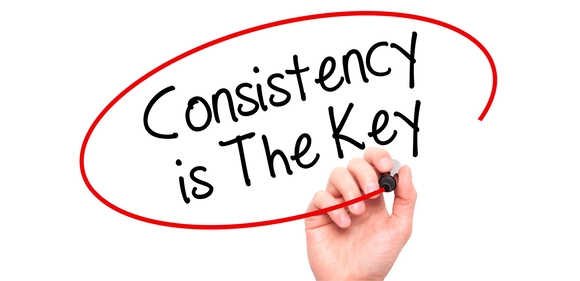
Welcome to our guide on effective classroom management! Teaching is a multifaceted profession, and one of the most crucial aspects of it is managing the classroom environment. As educators, we understand the challenges that come with maintaining order while fostering a conducive learning atmosphere. Fortunately, with the right strategies and mindset, classroom management can become a manageable task.
What is Classroom Management?
Classroom management refers to the techniques and strategies teachers use to maintain a productive and positive learning environment. It encompasses everything from establishing rules and procedures to addressing behavioral issues and creating a sense of community within the classroom.
Why Classroom Management Is Important?
Effective classroom management is essential for several reasons. First and foremost, it creates a safe and orderly environment where students can focus on learning. It also helps minimize disruptions, maximizes instructional time, and fosters positive relationships between teachers and students. Ultimately, good classroom management sets the stage for academic success and personal growth.
6 Practical Tips for Improving Classroom Management
1- Find someone on campus to emulate

Seeking guidance and mentorship from experienced educators can be invaluable when it comes to classroom management. Identify a teacher or mentor on campus whose classroom management style you admire and observe their techniques. Pay attention to how they handle transitions, discipline, and student engagement, and adapt their strategies to suit your own teaching style and classroom dynamics.
2- Assume best intent (but acknowledge the impact) when they mess up

When students misbehave or break the rules, it's essential to address the behavior while also assuming the best intentions. Instead of immediately assuming malicious intent, consider that the student may be struggling with personal issues or seeking attention. By approaching disciplinary issues with empathy and understanding, you can build trust and rapport with your students while still maintaining appropriate boundaries.
3- Build classroom culture with a fun or quirky tradition

Creating a positive classroom culture is key to effective classroom management. Consider implementing a fun or quirky tradition that fosters a sense of community and belonging among your students. Whether it's a weekly class meeting, a shared joke of the day, or a special handshake, find something that resonates with your students and helps establish a positive classroom atmosphere.
4- Learn to not take outbursts and defiance personally

Dealing with defiant or disruptive behavior can be challenging, but it's essential not to take it personally. Remember that students' actions are often a reflection of their own struggles and emotions, rather than a personal attack on you as a teacher. Instead of reacting defensively, remain calm and composed, and address the behavior calmly and assertively. By maintaining a professional demeanor, you can defuse tense situations and model appropriate conflict resolution skills for your students.
5- Tighten up your transitions

Smooth transitions between activities and lessons are crucial for maintaining momentum and minimizing disruptions in the classroom. Take the time to plan and practice transitions, clearly communicating expectations and procedures to your students. Consider using visual cues, timers, or transition songs to signal when it's time to move on to the next activity. By establishing clear routines and expectations, you can help keep your classroom running smoothly throughout the day.
6- Challenge how consistent you are with expectations

Consistency is key to effective classroom management. Make sure that your expectations and consequences are clear and consistently enforced. Be mindful of any biases or inconsistencies in your approach to discipline, and strive to treat all students fairly and impartially. By holding students accountable for their actions in a consistent manner, you can create a sense of fairness and equity in your classroom.
Conclusion
Effective classroom management is essential for creating a positive and productive learning environment. By implementing the tips outlined in this guide, you can improve classroom management and create a more engaging and supportive classroom environment for your students. Remember, classroom management is an ongoing process that requires patience, flexibility, and a willingness to learn and grow as an educator. Here's to creating classrooms where every student can thrive!